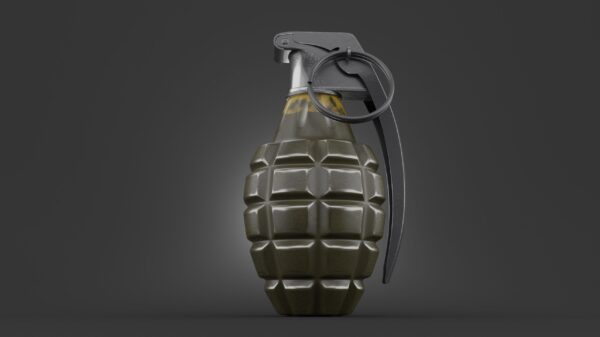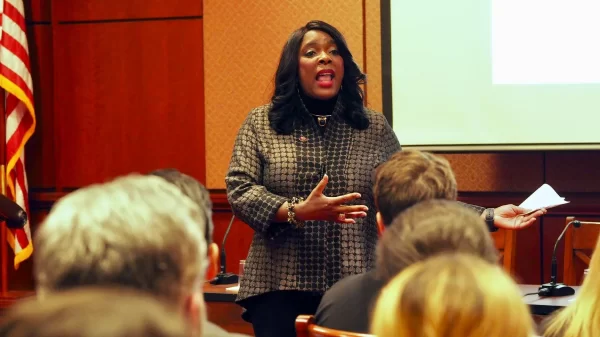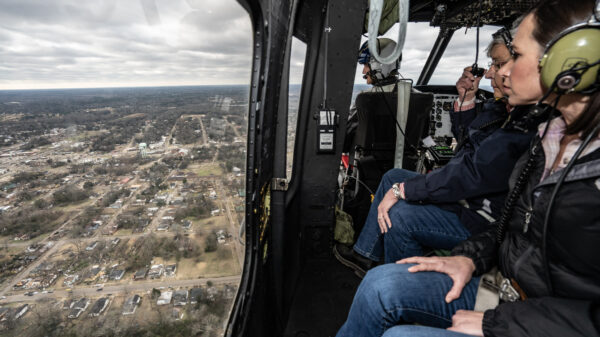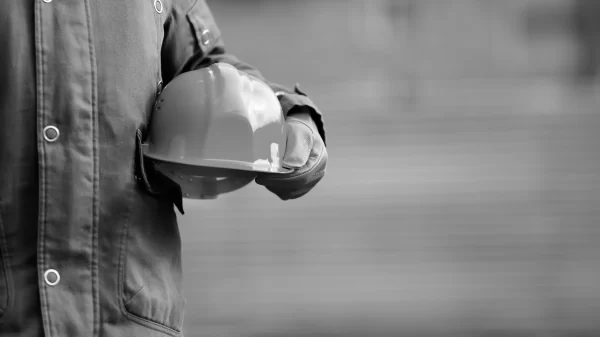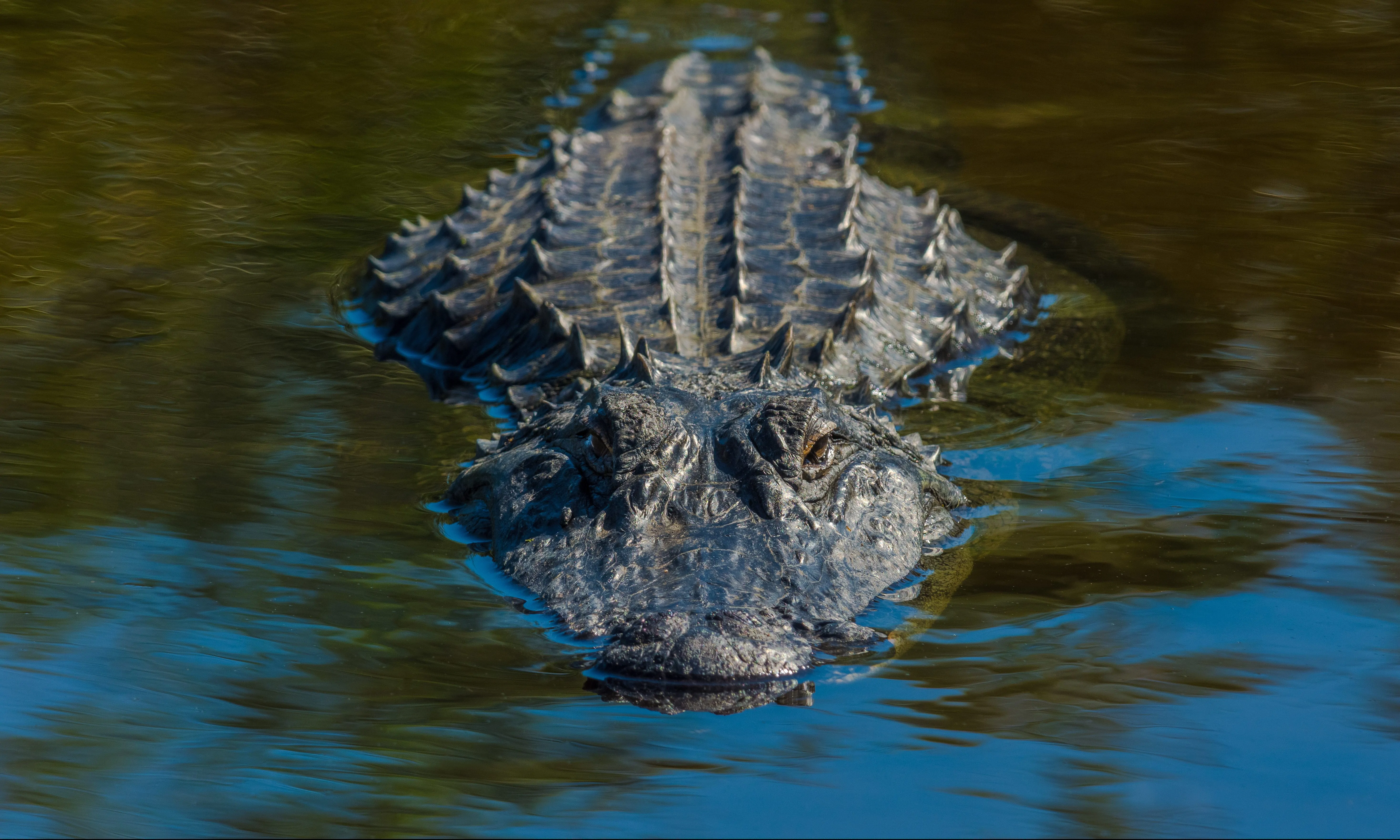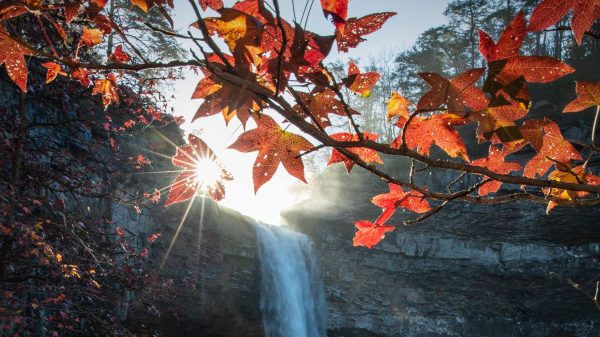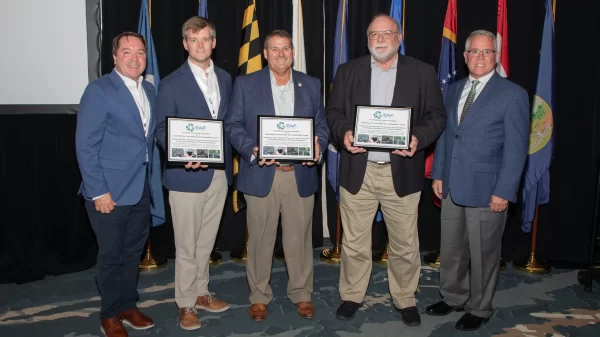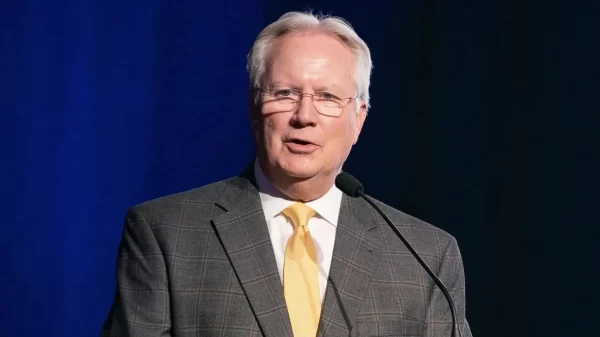The 2018 Alabama Alligator season will open this week. Only persons who were awarded an alligator tag from the state will be able to actually hunt for an American alligator.
Chris Nix is the Alabama Wildlife and Freshwater Fisheries’ Alligator Program Coordinator.
Nix said that the 2018 alligator season parameters are the same as last year with 260 total tags statewide. 150 tags were awarded in the Southwest Zone. 50 tags were awarded in the West Central Zone, 40 in the Southeast Zone and 20 in the Lake Eufaula Zone. Hunting is from sunset to sunrise except for the Lake Eufaula Zone, where hunting is allowed during daytime hours as well.
Season dates for the Southwest Zone and the West Central Zone are sunset on August 9 until sunrise on August 12 and sunset on August 16 until sunrise on August 19. The Southwest Zone includes private and public waters in Baldwin and Mobile counties and private and public waters in Washington, Clarke and Monroe counties that lie east of U.S. Highway 43 and south of U.S. Highway 84. The West Central Zone includes private and public waters in Monroe – north of U.S. Highway 84, Wilcox and Dallas counties.
The Southeast Zone season opens at sunset on August 11 and runs until sunrise on September 3. The Southeast Zone includes private and public waters in Barbour, Coffee, Covington, Dale, Geneva, Henry, Houston and Russell counties – excluding public Alabama state waters in Walter F. George Reservoir/Lake Eufaula and its navigable tributaries.
The Lake Eufaula Zone includes public state waters only in the Walter F. George Reservoir/Lake Eufaula and its navigable tributaries south of Alabama Highway 208 at Omaha Bridge – excludes Eufaula National Wildlife Refuge. The Eufaula season dates are from sunset on August 17 through sunrise on October 1.
An eight-foot restriction on harvest is in effect for the Lake Eufaula Zone. The other zones have no size restrictions.
Nix said only between 60 and 70 percent of the tags are filled annually, but it’s not because of a lack of alligators, especially in the Southwest Zone. Nix said alligator tag holders could have a 100-percent success rate in the Southwest Zone, but some hunters pass up gators waiting for a bigger animal and then regret it later.
“The alligators are here,” Nix said. “You’ve just got to be at the right place at the right time.”
“Pre-scouting is good, but pre-scouting for alligators is counter-productive,” he said. “It will be much more useful to scout the habitat and where you might find alligators than trying to look for a particular alligator, especially for people unfamiliar with the waters. And get familiar with the area during the daytime.”
“In the Southwest Zone, we have shallow-water bays with tide fluctuations,” Nix said. “The West Central Zone has stump flats and water level fluctuations from the reservoirs. If you have a tag from Eufaula, be familiar with the boundary between Alabama and Georgia as well as the boundaries of the Eufaula National Wildlife Refuge, which is off-limits to alligator hunting.”
Nix explained how to determine the size of an alligator while it is still roaming free.
“You can estimate the size of an alligator by the measurement of inches from the bottom of the eye socket to top of the nostril,” Nix said. “When you change those inches into feet, it will be within one foot of the total length of the gator. If you’re targeting a certain size animal, it helps save time to not hunt an animal that won’t be big enough. We measure every alligator that comes in the Southwest and West Central zones. It’s a tried and true measurement.”
Nix said the one rule that needs to be stressed each season is when hunters can lawfully dispatch an alligator.
“You have to have the animal caught and secured prior to dispatching,” Nix said. “That means a noose around the head or an appendage that is attached to the boat.”
Rodney Young caught the largest alligator last year. It was 13 feet long and weighed 667 pounds.
The official world record alligator was caught by five members of the Stokes family in Mill Creek in 2014. The Stokes alligator measured 15 feet and 9 inches long and weighed 1,011.5 pounds. The Stokes alligator has been mounted and put on display at the Montgomery Zoo’s Mann Wildlife Learning Museum. The Stokes alligator was estimated to be 24 to 28 years old.
That might not be the biggest alligator out there. An alligator was killed in southern Louisiana in 1890 near Vermillion Bay that reportedly measured 19 feet, two inches and weighed an estimated 2,000 pounds. That alligator was not verified.
Alligators used to be an endangered species, but thanks to laws protecting the species, the alligator population has recovered. Alabama passed a law protecting the remaining Alabama alligators decades before the federal Endangered Species Act. Today, there are over 70,000 alligators in Alabama and over a million in the world.
For more information visit:
https://outdooralabama.com/alligators/alligator-hunting-season-alabama for more information.
The Alabama Department of Conservation and Natural Resources promotes wise stewardship, management and enjoyment of Alabama’s natural resources through four divisions: Marine Resources, State Lands, State Parks, and Wildlife and Freshwater Fisheries. To learn more about ADCNR, visit www.outdooralabama.com.











